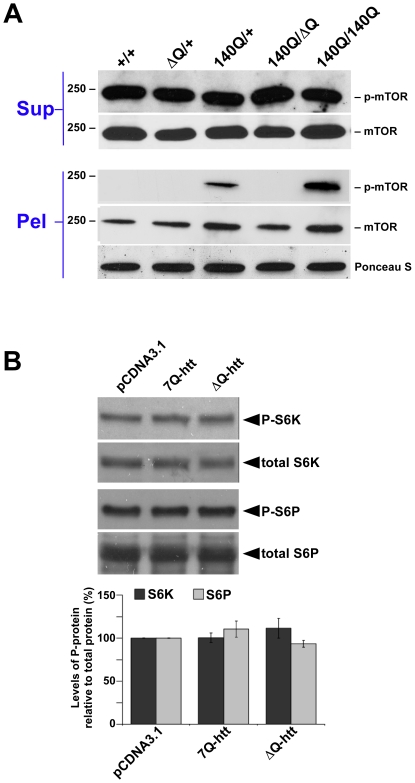Figure 7. ΔQ-htt expression stimulates autophagy through an mTOR–independent mechanism.
(A) Western blot analysis of the supernatant (Sup) and pellet (Pel) fractions from the striatum of 2 year old wild-type (+/+), HdhΔQ/+, Hdh140Q/+, Hdh140Q/ΔQ, and Hdh140Q/140Q mice probed with an antibody against phospho-mTOR (p-mTOR). The blots were stripped and re-probed with an antibody (mTOR) recognizing both phosphorylated (enzymatically active form) and non-phosphorylated mTOR (enzymatically inactive form correlating with the induction of autophagy). For protein loading control, a strip from the blot was stained with Ponceau S. The size of standards (in kD) is indicated on the left. (B) SK-N-SH cells transfected with vector control (pCDNA3.1), 7Q-htt, or ΔQ-htt constructs (transfections were performed in triplicate at least twice) were analyzed for mTOR activity 24 h post-transfection by western blotting using antibodies specific for two targets of mTOR kinase activity: S6 kinase (S6K) and S6 ribosomal protein (S6P). The relative levels of phospho-S6K (P-S6K) and phospho-S6P (P-S6P) to total S6K and S6P, respectively, were determined by densitometric scanning of western blots probed with antibodies specific for phospho- and total S6K or S6P. ΔQ-htt expression had no significant effect on the level of P-S6K (7Q-htt versus vector control, P = 0.96; ΔQ-htt versus vector control, P = 0.30) or P-S6P (7Q-htt versus vector control, P = 0.26; ΔQ-htt versus vector control, P = 0.47).

